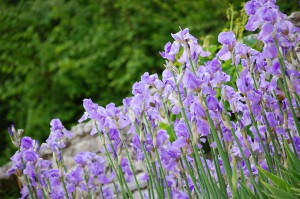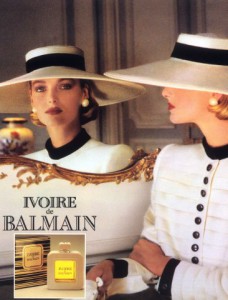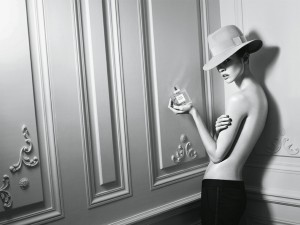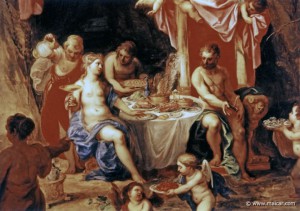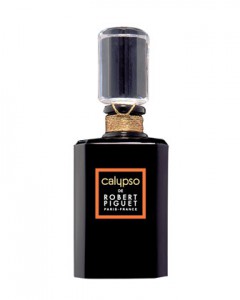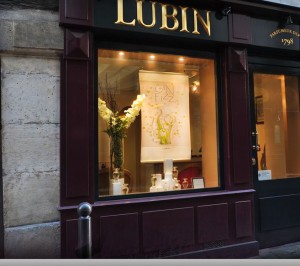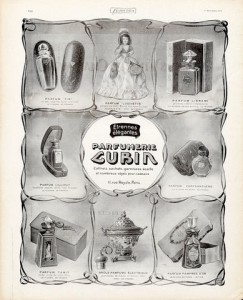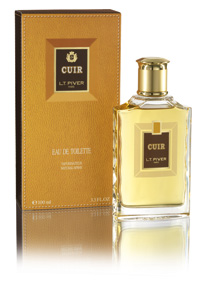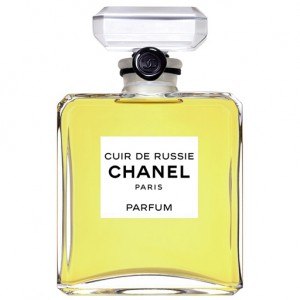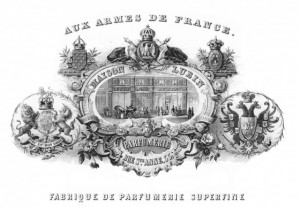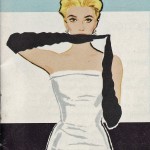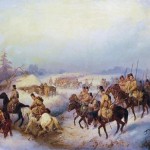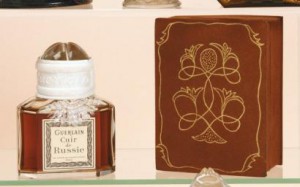Fragrant Projects
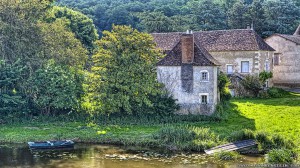
While I carefully arrange my budget to set resources aside for fragrance purchases, I love finding inexpensive, do-it-yourself alternatives. For example, if you have a favorite perfume but prefer not to purchase expensive scented lotion (or worse, it doesn’t exist) you can easily make it using a few drops or a spritz of your favorite fragrance and the unscented lotion of your choice. Before I go to bed, I put a quarter size drop of lotion in my palm, a tiny bit of perfume (either the one I have been wearing that evening, or a soothing night-time scent) rub my hands together and voila! Just enough scented lotion to moisturize my arms and ensure sweet dreams.
To that end, I have been reading a book by Laura Fronty and Yves Duronsoy called “A Well-Kept Home: Household Traditions and Simple Secrets from a French Grandmother”. The book is full of wonderful suggestions for keeping leather shoes extra shiny (rub with the cut side of a lemon), traditional recipes for making preserves, natural pest control and how to make scented waters. While I don’t want to spoil the book and give away its secrets, this “recipe” for making Iris Water was too good not to share.
Iris Water
18 ounces surgical spirit
1 ounce ground Florence Iris
The ground iris is placed in the surgical spirit solution for a week. Once the week is up, the liquid should be filtered and the benzoin added. Once the Iris Water is ready, it can be used as a topical skin solution, light fragrance or bath additive.
While not common in the U.S., surgical spirit is used as a skin disinfectant, which also serves to tighten the skin. The spirit also contains castor oil to help prevent dryness and cracking. In addition to its delicious ambery smell, Benzoin is reputed to have anti-inflammatory properties. A quick internet search will reveal where to purchase these items if they are not readily available in your area.
Do you have any DIY fragrance tips?

